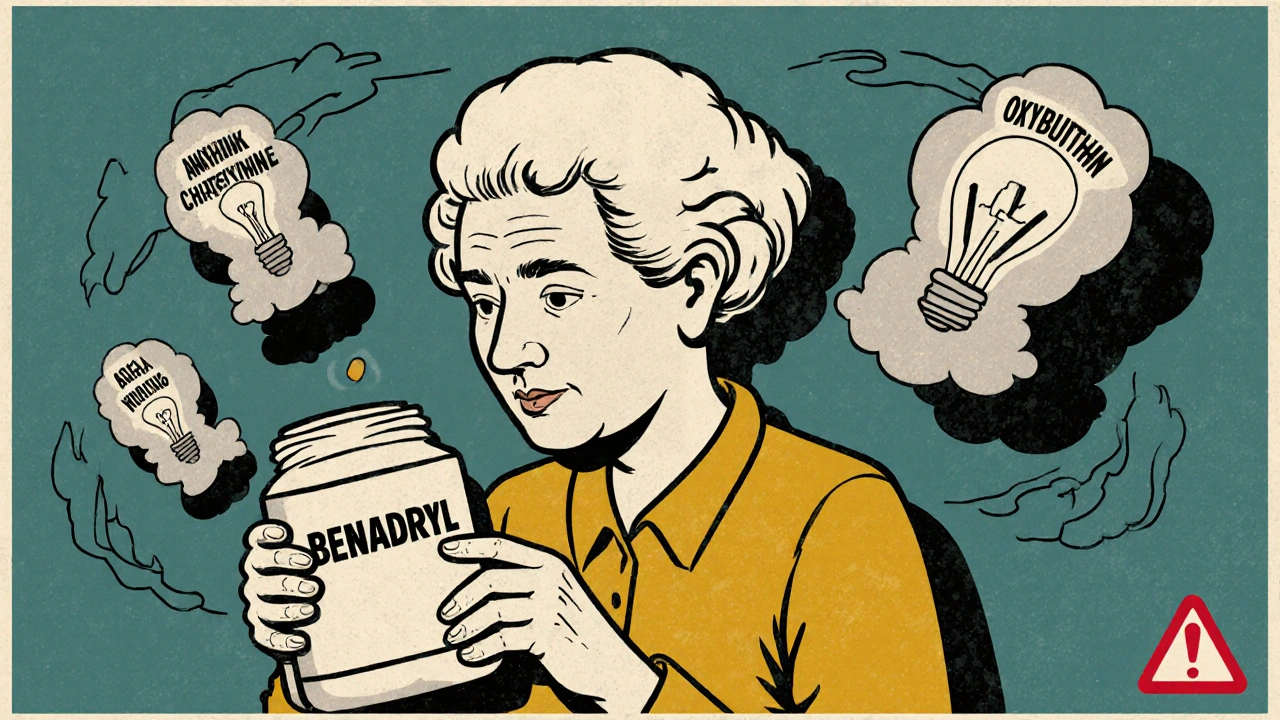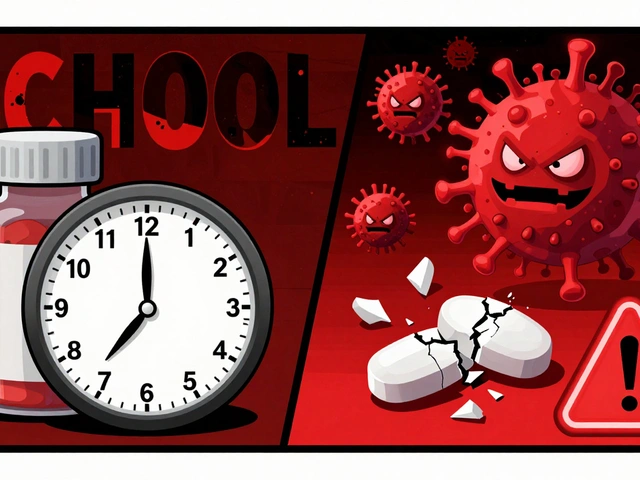Antihistamines: Quick Facts, Types & Safe Use
If sneezing, itchy eyes or a runny nose ruin your day, antihistamines are usually the first thing doctors suggest. They block histamine – the chemical your body releases during an allergic reaction – so symptoms calm down fast. Below you’ll find the basics on how they work, which versions are over‑the‑counter (OTC) versus prescription, and simple tips to avoid common pitfalls.
How Antihistamines Stop Allergy Symptoms
When an allergen touches your skin or airways, immune cells release histamine. That molecule tells blood vessels to expand and nerves to fire, which creates itching, swelling and watery eyes. Antihistamines sit on the same receptors where histamine wants to bind, basically acting like a roadblock. By occupying those spots, they stop the signal cascade and you feel relief within 30 minutes to an hour.
OTC vs Prescription – Which One Do You Need?
Most people can manage mild seasonal allergies with OTC antihistamines such as cetirizine (Zyrtec), loratadine (Claritin) or fexofenadine (Allegra). These are non‑sedating, meaning they won’t make you drowsy in normal doses. If your symptoms are severe, chronic, or involve asthma triggers, a doctor might prescribe stronger options like diphenhydramine (Benadryl) or even steroid‑combined nasal sprays. Always check the label: some “sleep aids” contain antihistamines that can cause unwanted drowsiness.
When you pick an OTC product, look for the active ingredient and dosage. For adults, a typical daily dose is 10 mg of cetirizine or loratadine, while children’s doses are weight‑based. If you’re unsure, the pharmacist can help match the right strength to your age.
Side effects differ by generation. First‑generation antihistamines (e.g., diphenhydramine) often cause drowsiness, dry mouth and blurry vision. Second‑generation drugs (cetirizine, loratadine, fexofenadine) have far fewer of those issues. Still, a small number of people feel mild fatigue even with the newer formulas – if that happens, try taking the dose at night.
Mixing antihistamines with alcohol or other sedatives amplifies drowsiness and can impair driving. Also avoid stacking two different antihistamines; you won’t get extra relief but will increase risk of side effects. If you’re on other medications like blood thinners, talk to a pharmacist because some antihistamines can interact.
For nasal allergies, adding an intranasal steroid spray (like fluticasone) can boost results, especially if you’ve tried pills without success. The combo works because the spray reduces inflammation while the antihistamine blocks new histamine release.
Remember to store your meds in a cool, dry place and check expiration dates. Antihistamines lose potency over time, which means you might not get the relief you expect.
Bottom line: antihistamines are a simple, effective way to tame most allergy flare‑ups. Choose an OTC non‑sedating option for everyday use, keep an eye on dosage and possible drowsiness, and consult a healthcare professional if symptoms persist or you need a stronger prescription. With the right pick, you can enjoy clear airways and fewer itchy eyes – no more guessing what to take next.








